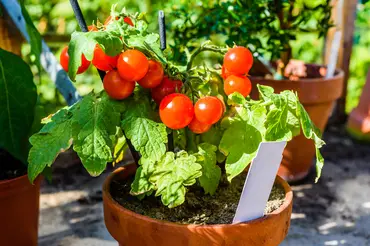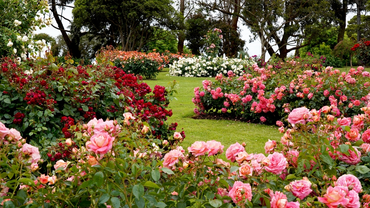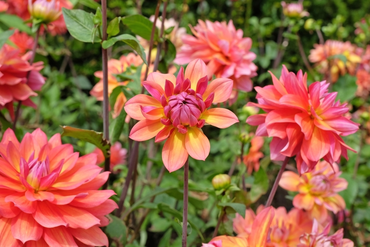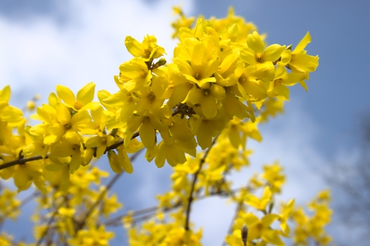For centuries, gardeners have sculpted boxwood (Buxus sempervirens) into fascinating shapes, a tradition that stretches back to Roman times. Boxwood was a prized element in Tudor palace gardens and remains a popular hedging choice. Unfortunately, recent years have seen boxwood face challenges in our gardens. Box blight and the arrival of the box tree caterpillar have threatened these beloved plants, leaving them vulnerable to complete defoliation.
However, gardeners are a resourceful bunch! Determined to maintain their crisp, tailored hedges, they've embarked on a quest for worthy boxwood alternatives. Here, we explore five of the best options to continue the legacy of sculpted hedges.

Top 5 alternatives to box hedging

-
Looking for a boxwood alternative? Look no further than the yew! (Taxus baccata) This versatile evergreen has been a topiary favorite for centuries. Its dense, bushy growth responds well to shaping, and unlike many conifers, yew can bounce back even from cuts into older wood. This makes it ideal for reviving overgrown topiary. New growth boasts a vibrant green that contrasts beautifully with the deeper green of mature foliage. Yew thrives in both sunny and shady spots, tolerating most soils as long as they're well-drained. For a continually sharp look, trim twice a year, in spring and autumn.
-
Looking for a boxwood alternative? Look no further than Pittosporums! These versatile shrubs come in a variety of stunning foliage colors, from the deep maroon-purple of 'Tom Thumb' (which stays compact and rounded) to the elegant white-marbled greens of 'Irene Paterson' (with a hint of pink in winter). Pittosporums are generally hardy, but prefer full sun and well-drained soil. They'll tolerate some shade, and just need a light trim once or twice a year to keep them looking their best.
-
Looking for an alternative to box hedging? Lonicera nitida, also known as shrubby honeysuckle, is a great choice. Its tiny, deep green leaves closely resemble box, but it offers several advantages. This low-maintenance shrub grows densely and responds well to trimming, allowing you to create a neat and shaped hedge. Lonicera nitida thrives in both sunny and partly shaded areas, tolerating dry spells without trouble. 'May Green' is a popular variety with rich green foliage, but there are also options with yellow leaves or silver variegations for a touch of variety.
-
This slow-and-steady evergreen shrub, Euonymus japonicus, boasts a dense, low-profile form. Its glossy green leaves shine year-round, mimicking the classic boxwood. A true trooper, it thrives in coastal landscapes, unfazed by strong winds and salty air. Adaptable to both sunshine and dappled shade, it's a perfect choice for borders or creating a low, manicured hedge. A light trim in late spring and possibly again in early autumn keeps it looking its best.
-
Thriving on neglect, the privet (Ligustrum ovalifolium) is a champion of low-maintenance gardens. This fast-growing shrub tolerates a variety of soils and happily shrugs off pollution, making it a pollution-eating superhero for urban spaces. While its dense foliage can be shaped into a tidy green wall with regular trims (think May and August), keep in mind that this sacrifice comes with the trade-off of losing its charming sprays of summer blooms.
Is your box hedge looking a bit worse for wear? Breathe new life into your garden with our diverse selection of hedging plants at Carpenters Nursery!




